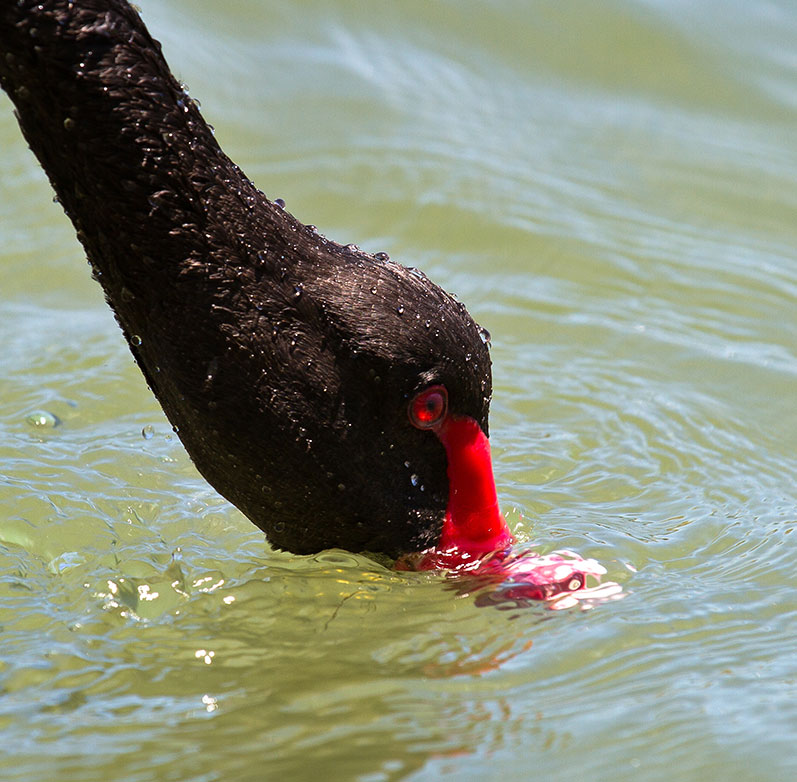Waterbird breeding resurgence
Luke Williams
25 February 2023, 2:40 AM
 Short nosed Ibis. Image: Federal Government.
Short nosed Ibis. Image: Federal Government. Promising new evidence has emerged of waterbirds in the Narran Lakes and Macquarie Marshes are finally breeding again in high numbers.
River ecologist and Director of the Centre for Ecosystem Science at UNSW Sydney Richard Kingsford told the Western Plains App recent aerial surveys indicated that the recent floods had indicated waterbirds across all species have been breeding high numbers in this season.
“We have 40 years of data, so we are able to see and we have significantly more breeding this season, but we won't know what really means until we get new data next October” he said.
His research indicated for the first time in over 20 years, waterbirds have bred in the Gwydir Wetlands, Macquarie Marshes and Narran Lakes (Dharriwaa) simultaneously.
The region’s endangered and threatened waterbird species are among the species who are breeding in higher than average numbers.
CSIRO Senior Research Scientist and Flow-MER Researcher, Dr Heather McGinness has previously said 2022 was a special year for bird breeding.
“There really is a sense of joy seeing large numbers of baby birds thriving. With conditions so good, you see many different species nesting near each other and the parent birds are much easier to see out and about during the day because they are so busy gathering food for all the chicks.”
It comes after years of decline with reduced waterflows across the region.
“Since 1981 we found stream flows declined by 53% at the Baaka-Darling River. Less than half of this decline could be explained by meteorological trends. This means the rest – more than half of the decline in stream flows – was almost certainly due to other factors: namely, increased water extractions” he said
“The great advantage of 40 years of data is that we know what is causing. We have drought and floods. The overall long-term decline in numbers is really due to the over-allocation to irrigators and floodplain harvesting. We are not seeing the same declines in nearby basins which dont have the same water allocations”
He said surrounding basin's that do not have the same level of water extraction have not seen the same drop in waterbird numbers in previous seasons.
“But in years to come climate change will have a big impact with less rainfall and we will see some of these areas dry up. Certainly Australia is getting drier and the temperatures are going up as well,” he added.

The majestic Black swan. Image: River Guardians.
Waterbirds feed on plants and animals that really rely on water, and in particular when it floods, so wetlands and floodplains are necessary for their survival.
They also need the water to breed. They tend to have webbed feet, legs further back in their body than regular birds and specialised beaks.
Kingsford said it was particularly promising for some of the region’s more iconic birds such as the colourful pink eared duck which Kingsford explained feeds off invertebrates and crustaceans in the water, as well the short beaked, black and white ibis which he says are “efficient and hunters” which “play a critical role in the ecosystem by keeping insects at bay.”
“It’s also great to see breeding numbers in Black Swans,” Kingsford said which are among his favourite birds because “they are really elegant” and “we see them fly across the landscape they are really majestic."




